Teach your students how magnets and magnetism work with this comprehensive and age-appropriate teaching presentation for primary school science lessons.
Explore How Magnets and Magnetism Work
Over 2000 years ago, a Greek philosopher called Thales of Mitus discovered that certain stones would attract or repel other materials without physically touching them. This seemed like magic at the time, but we now know that lodestones were no magic rocks… this was the force of magnetism at work!
This 14-slide teaching presentation has been created by our experienced teacher team to help you explain the force of magnetism and how magnets work to your students. It uses age-appropriate language (while still using subject-specific vocabulary) and attractive visuals to teach your students what they need to know about magnets and magnetism in an informative and appealing way.
The slide deck addresses the following content:
- What is a magnet?
- How were magnets discovered?
- How does magnetism happen?
- How do magnets work?
- What are poles?
- Attracting and repelling
- Our magnetic Earth
- How are magnets used?
To keep your students engaged throughout, knowledge check multiple-choice questions have been scattered through the slide deck.
Through engaging with this resource, your students will have a clearer understanding of how magnets and magnetism work.
Observe Magnets and Magnetism in Action
What’s the best way to learn about magnets and magnetism (other than using this slide deck)? By seeing it in action, of course!
The final slide in this presentation links to a teacher-led demonstration that will enable students to see the effects that magnets have on magnetic objects using a bar magnet, some iron filings and an ordinary sheet of paper. The resource also includes several worksheets where students can record their observations and analyse what these observations can tell them about how magnets and magnetism work.
We highly recommend that you use this demonstration in conjunction with this slide deck. Click on the link below to download!
Download This Magnets and Magnetism Slide Deck
Use the dropdown menu next to the Download button to access the Microsoft PowerPoint or Google Slides version of this resource. (Note: You will be prompted to make a copy of the Google Slides presentation before accessing it.)
Project the resource onto your screen and work through the slides as a class for a paperless lesson!
More Resources for Exploring Magnets and Magnetism
If you’re loving the look of this magnets and magnetism resource, then we have good news for you… we have plenty more! Click below to browse more teacher-created, curriculum-aligned resources!
[resource:4952104] [resource:3491634] [resource:4953014]
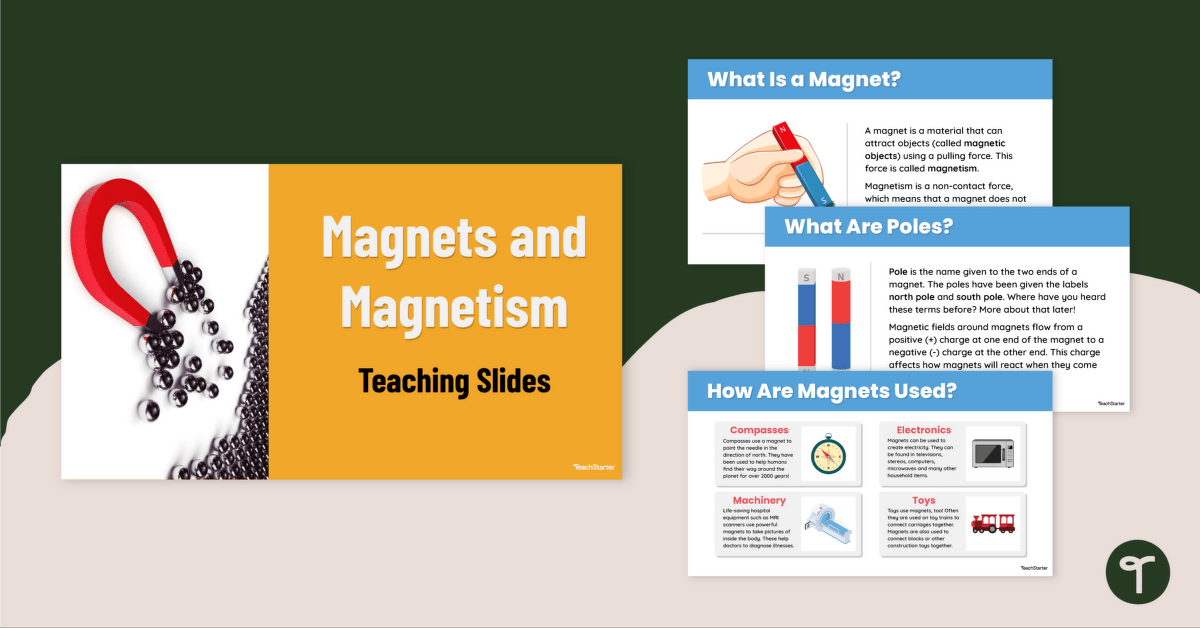

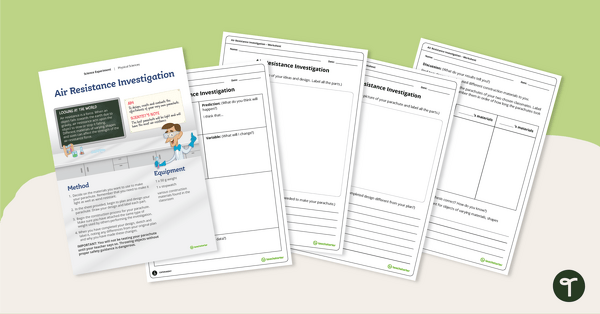

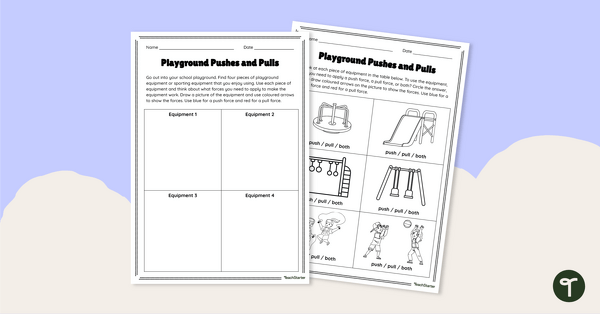
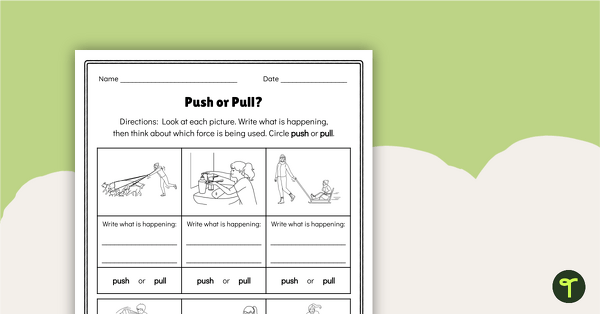

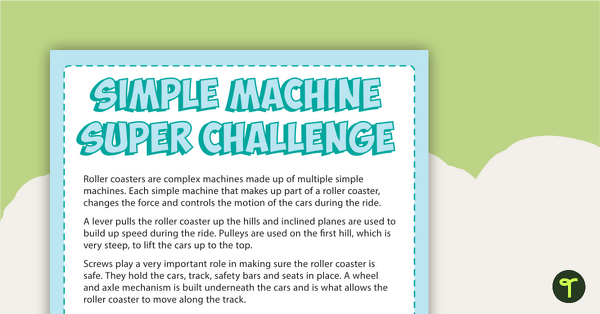
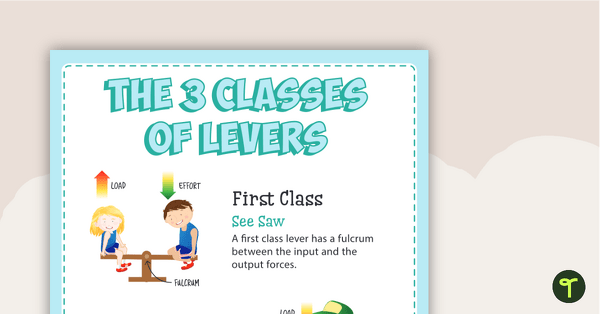
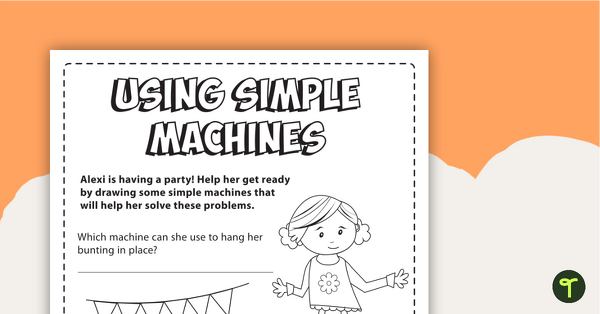
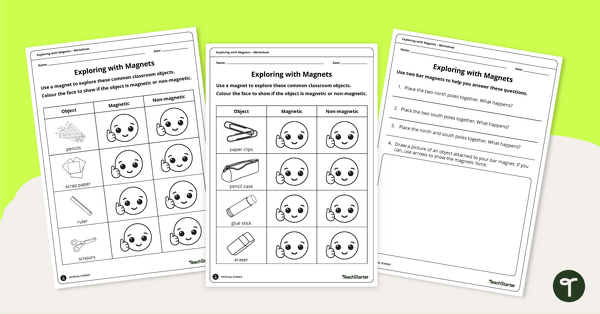
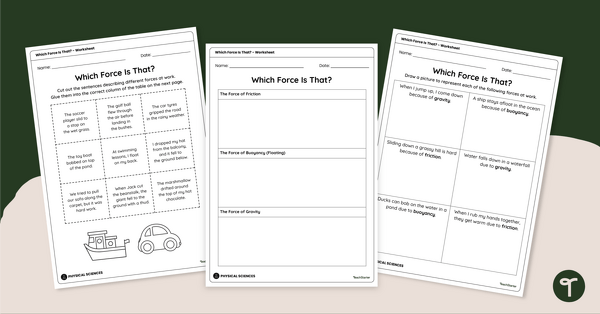
0 Comments
Write a review to help other teachers and parents like yourself. If you'd like to request a change to this resource, or report an error, select the corresponding tab above.